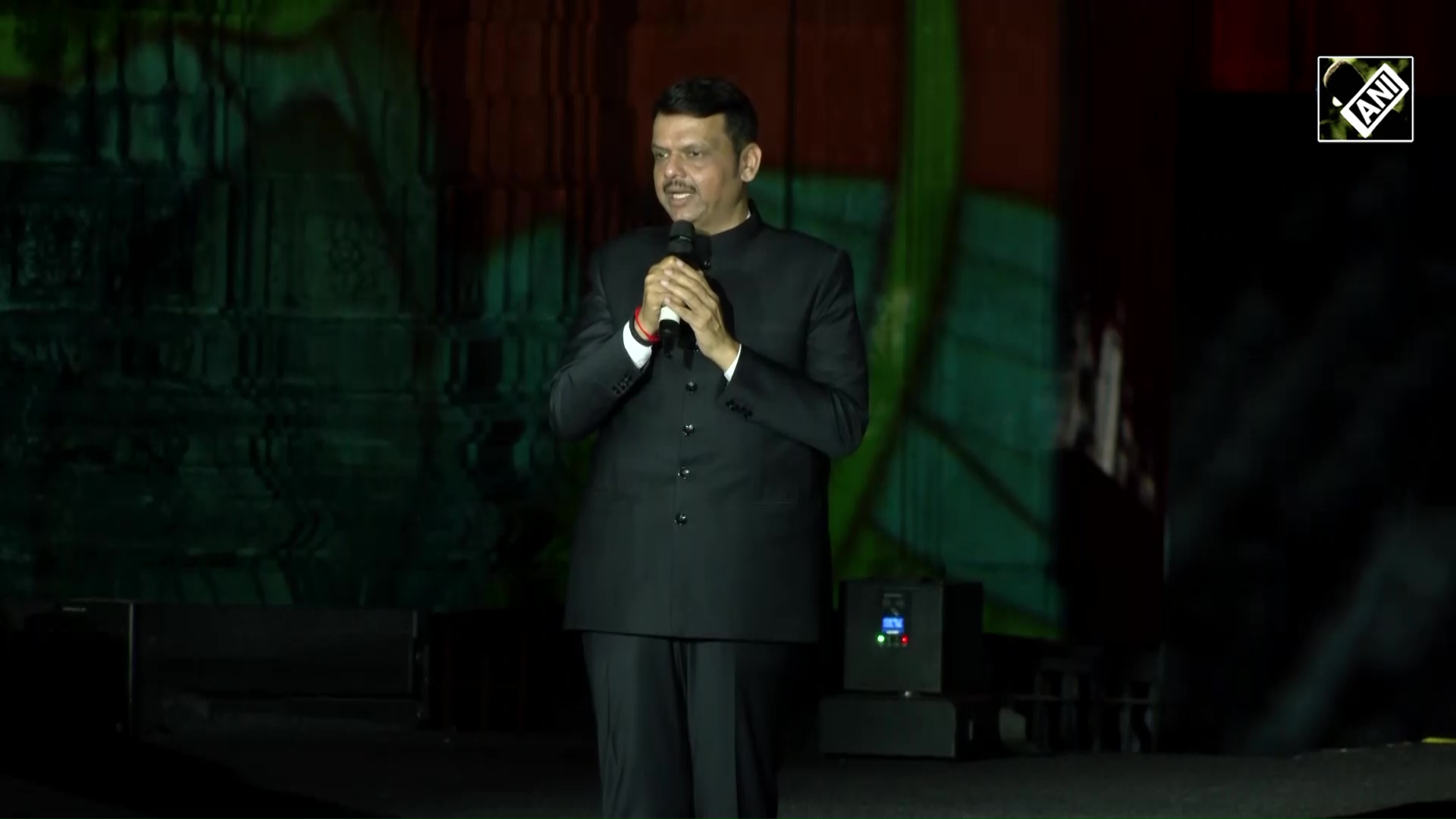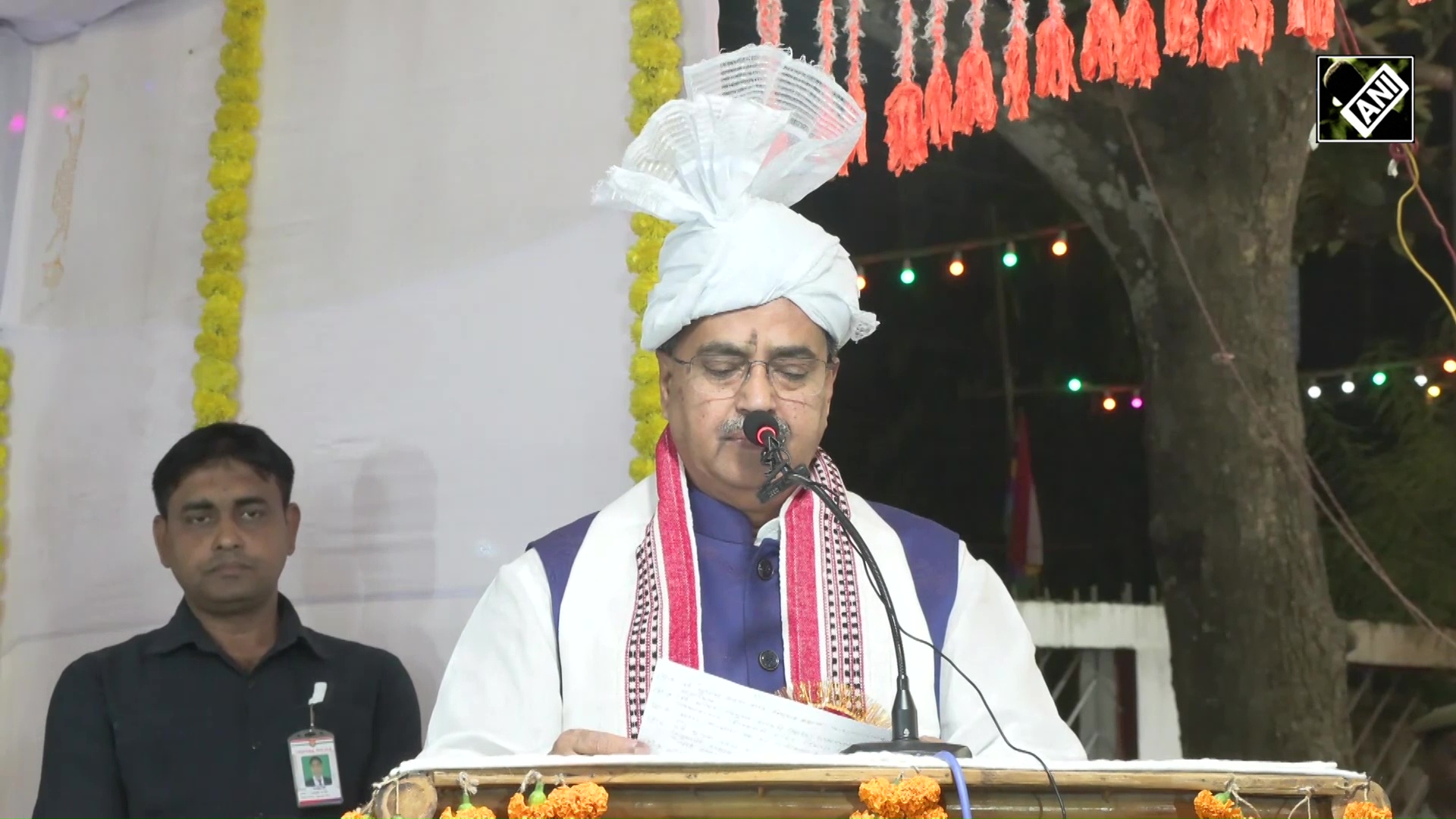Adani Foundation has planted over 11.5 lakh saplings in mining reclaimed areas in Chhattisgarh, transplanted 9000 trees, says company official
Feb 07, 2024

Surguja (Chhattisgarh) [India], February 7:In keeping with the role of forests in environment protection, Adani Foundation has carried out massive plantations in reclaimed areas - the areas filled after coal mining - and also saved trees through transplantation, a senior company official has said.
With trees chopped to carry out coal mining from 2012-13, Adani Foundation planted over 11,55,000 saplings in reclaimed areas in Chhattisgarh and also transplanted over 9,000 trees by using a transplanter machine, Foundation's head of Horticulture Rajkumar Pandey said.
He said that over 83,000 trees (till date) have been chopped to carry out coal mining and compensatory measures have been taken.
"We were considering the survival rate of planted saplings ranges between 80 to 85 per cent but when the forest department carried out inspection on the ground, the survival rate of the plantation was found to be range between 95 to 97 per cent," said Pandey, adding that the saplings are growing well.
He said mining activities are being carried out "in a very systematic manner" in the state.
Pandey said that after carrying out mining works, the area is being filled layer by layer and the top layer is filled by one-metre cover of topsoil after which plantation works starts.
"In terms of regulations, if we consider planting 2500 trees per hectare, then according to that calculation, our plantation of around 1100 acres is complete."
Pandey said a variety of saplings are being planted in consultation with the Forest Department.
Mostly, plants that can survive in the local environment or those of the same species that are already available in these forests are preferred for the plantation.
"This is done so that the saplings can quickly grow and attain full size. Along with this, we also engage in the planting of some mixed varieties of plants. So far we have planted 85000 saplings of sal," he said.
"For sal trees, it was considered that the variety can only survive in forest but when we started planting in our nursery, the survival rate was very impressive and in 8-10 years, the planted saplings have attained good height and width. We have set a target of planting 35000 sal saplings in the coming years," Pandey said, adding that saplings of more than 32 varieties have been prepared.
He said as the coal mining work progresses, they undertake plantations according to the mining lease plan, adding that on an average their horticulture wing produces 1.50 lakh saplings per year.
The chief of the foundation's horticulture wing said that as the mining operations advance, the pace of plantation work also increases.
"In the coming years, it is possible that more than 1.70 lakh trees per year will be planted according to the plan. We are currently following the plan, and we have already planted more trees than required by the regulations. In this way, we are diligently following all the rules, and so far, there has been no comment or criticism from the Forest Department or any other authority indicating any deficiencies in our afforestation process," Pandey said.
Work in the nursery is being done by people whose lands have been acquired for the mines, said Pandey, adding that these locals oversee the activities with great interest and are actively involved in planting trees.
Plantation of bamboo varieties is also being carried out on a massive scale and for this separate nursery has been developed, he added.

















